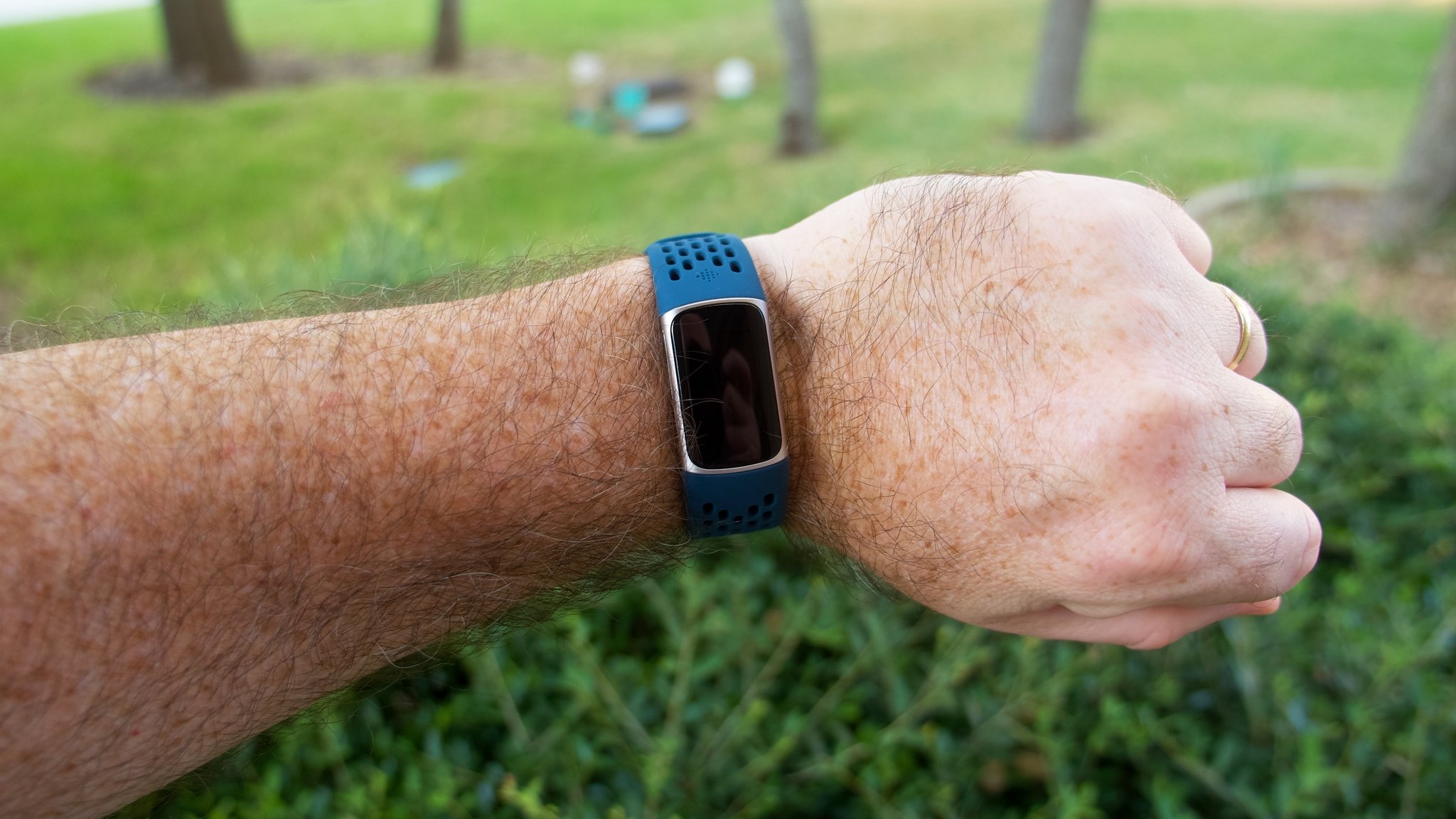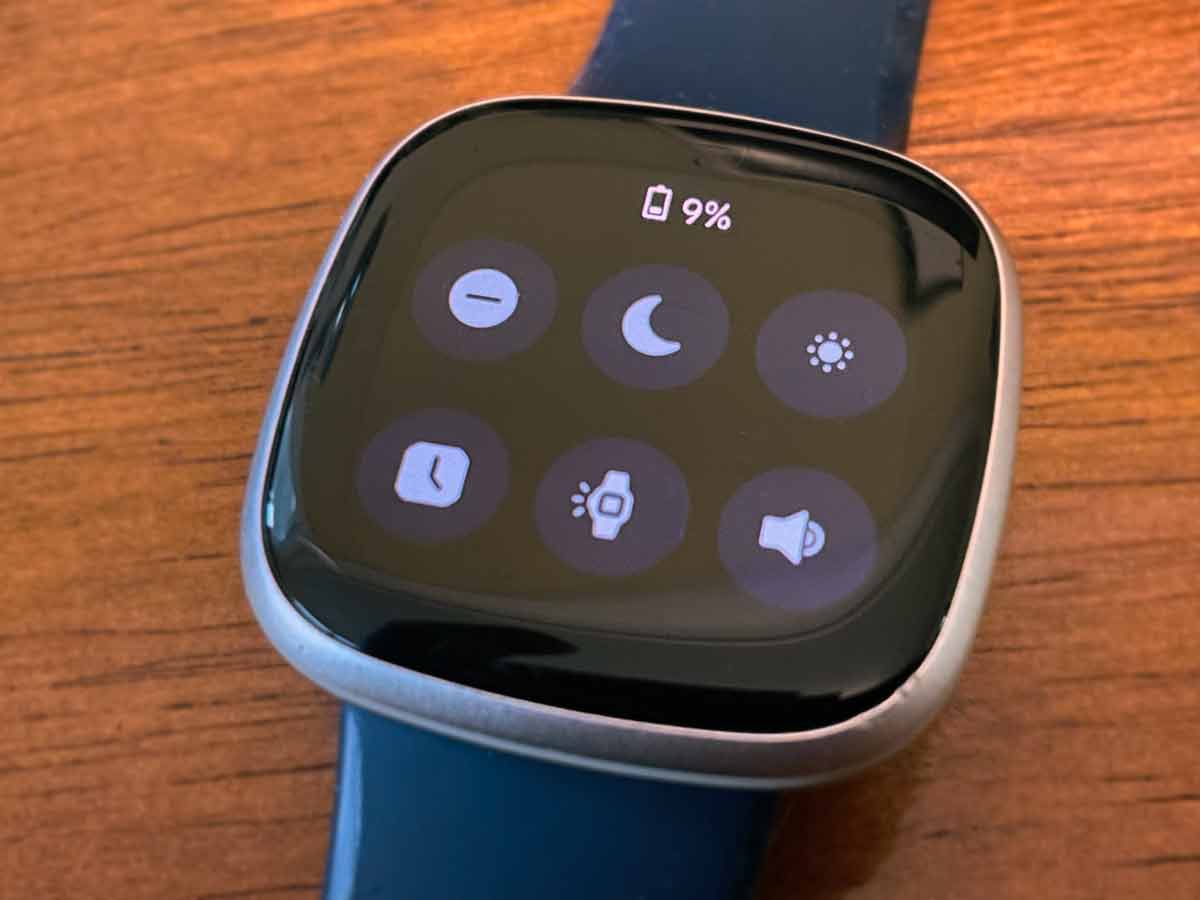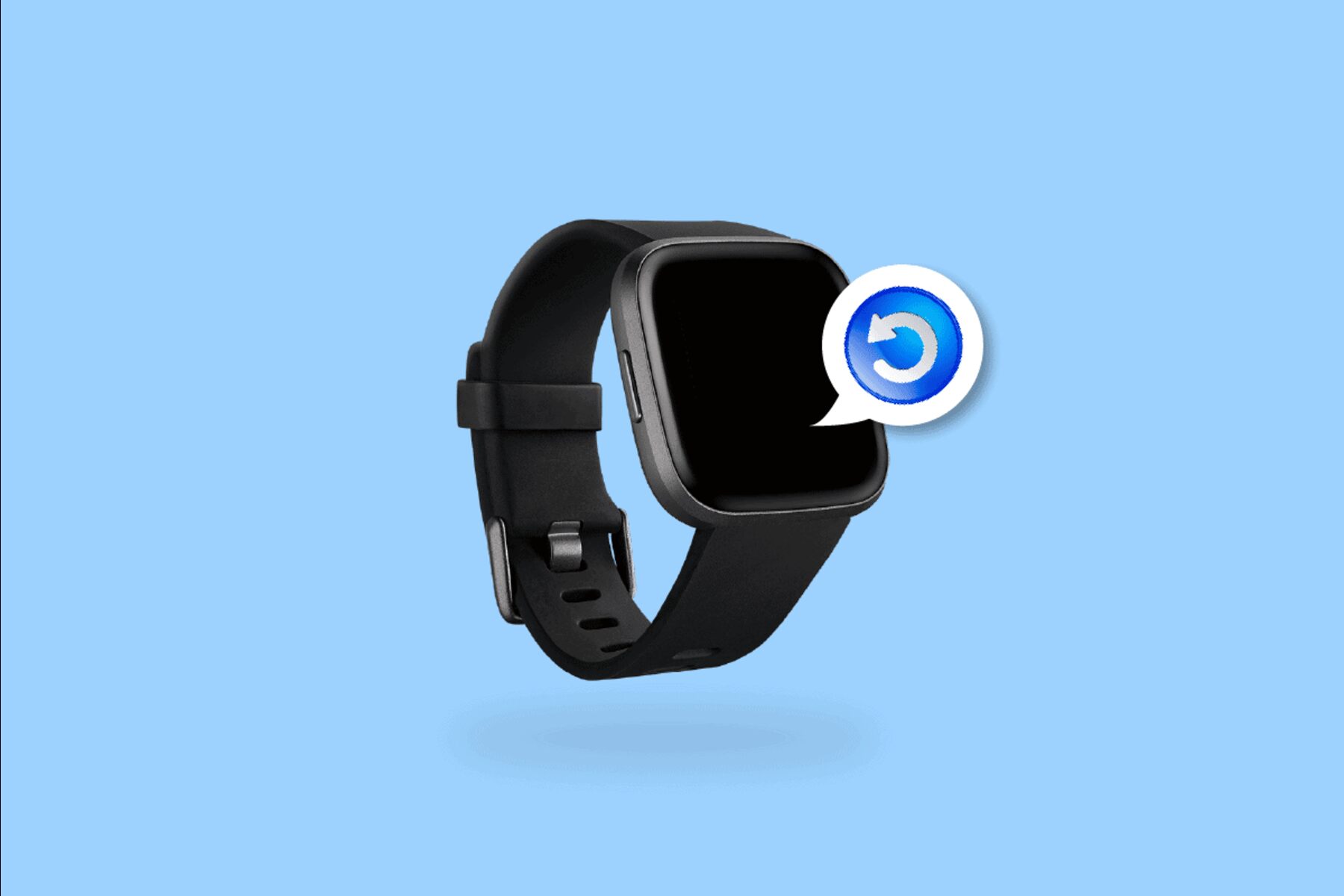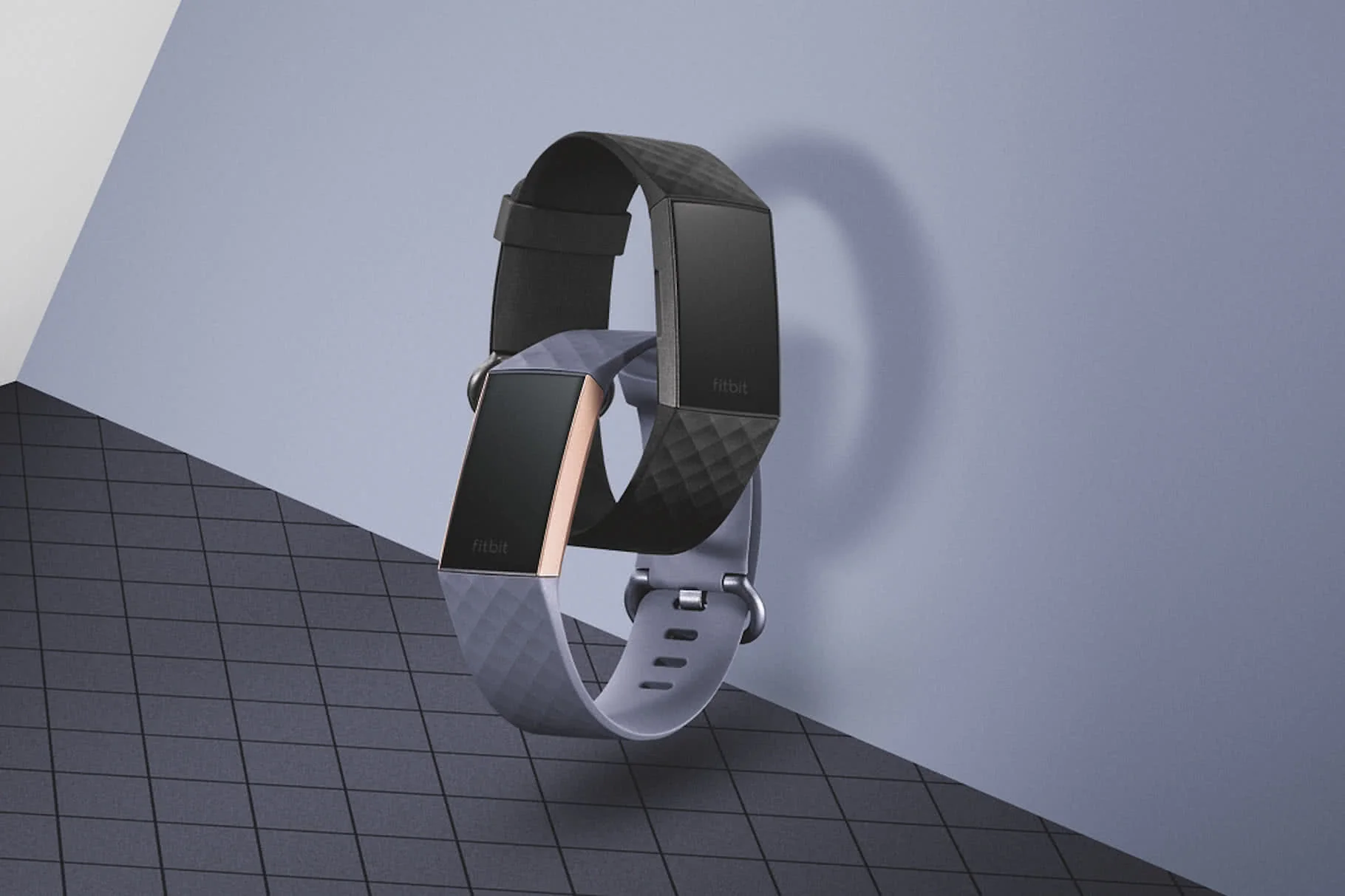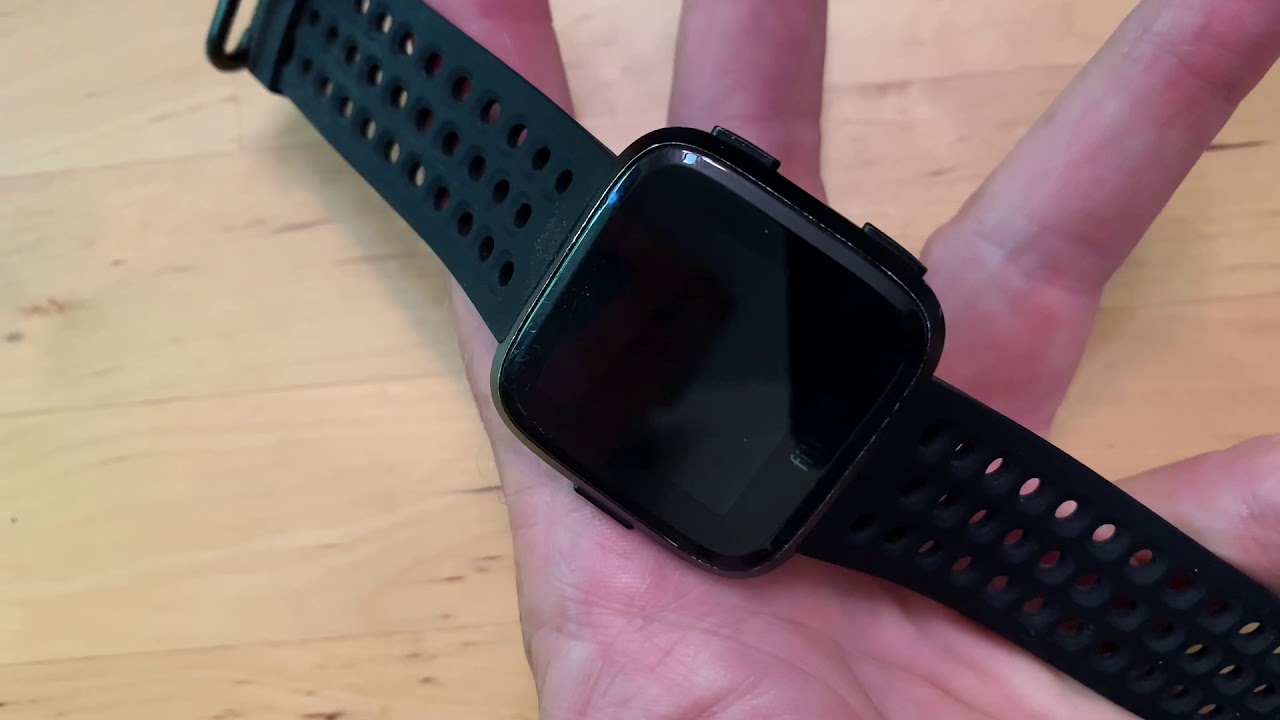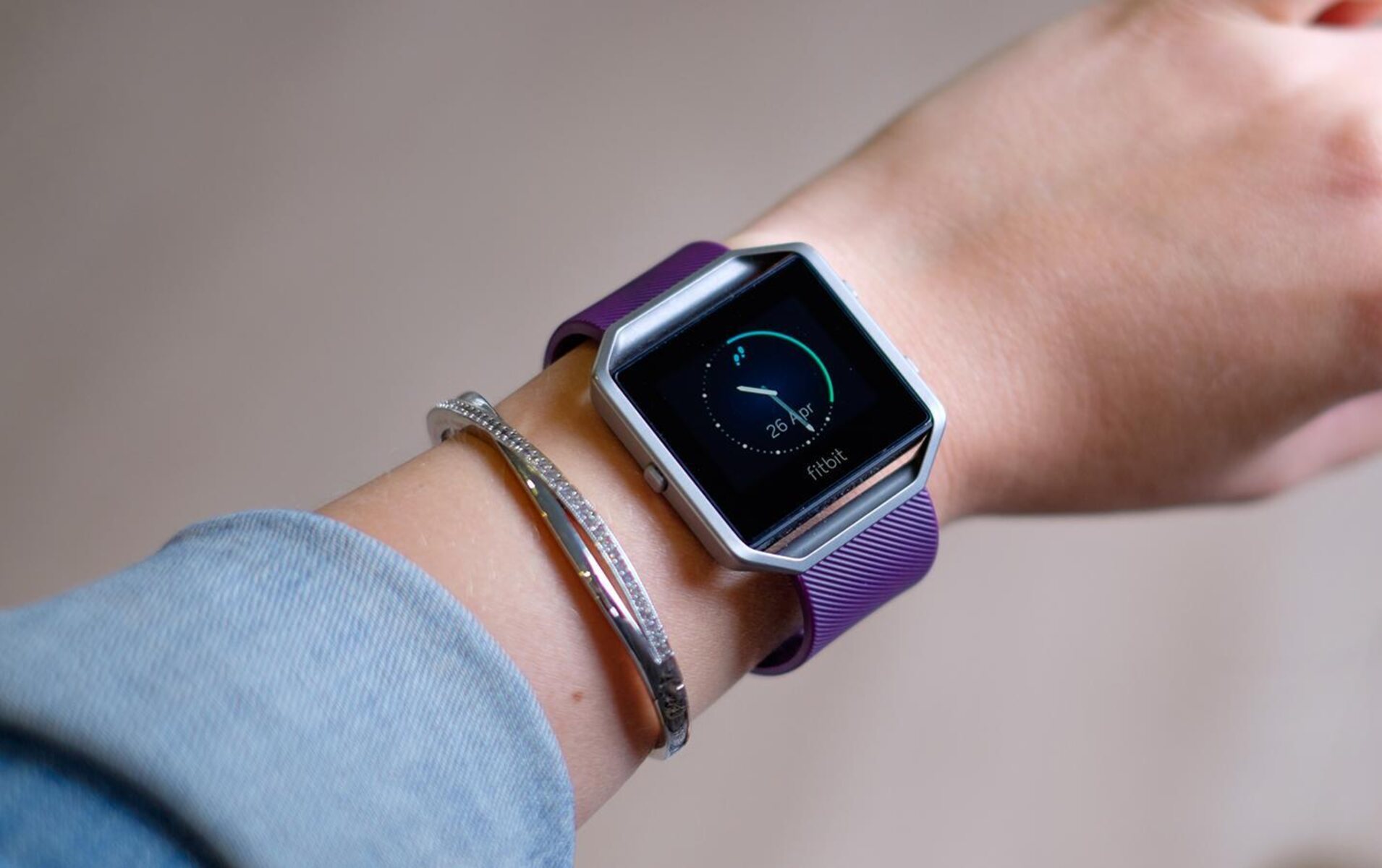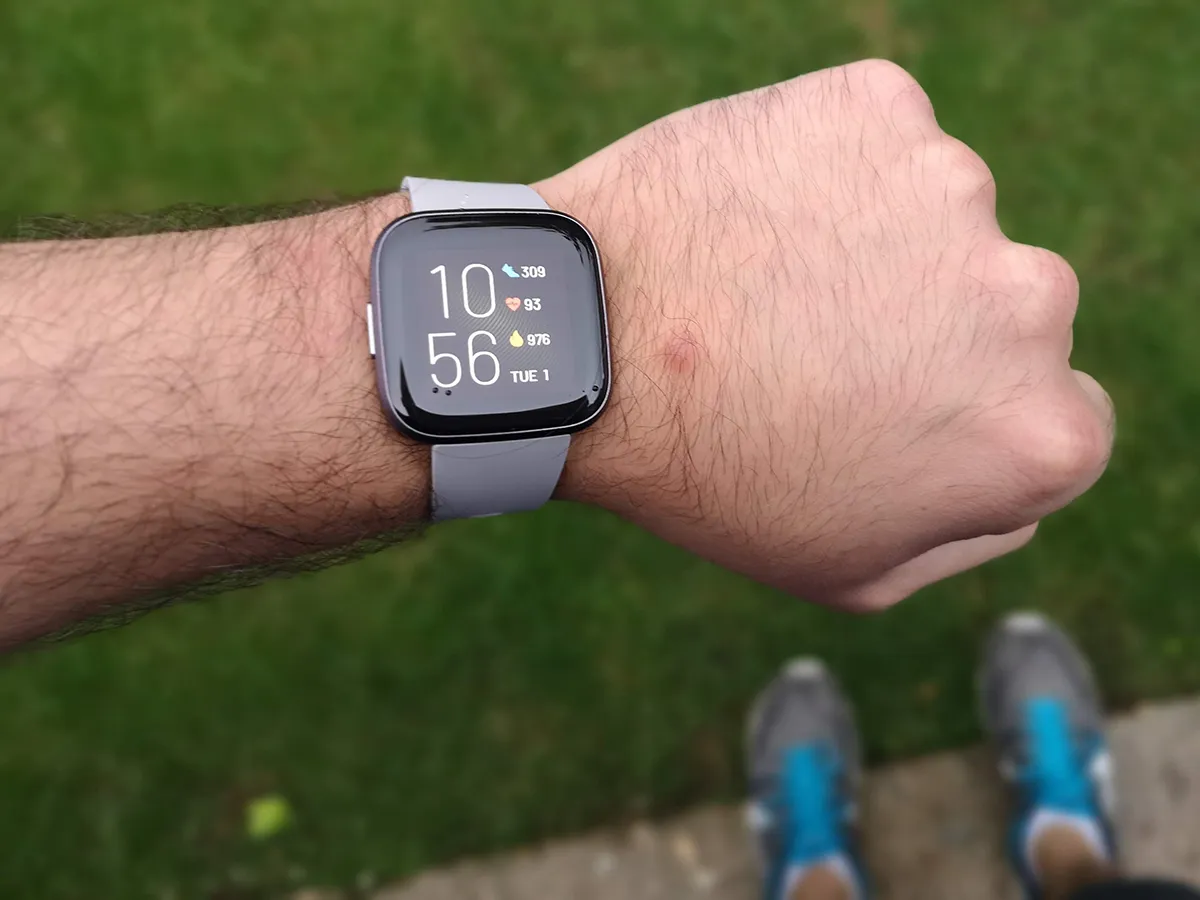Common Causes of Rapid Battery Drain
Rapid battery drain on your Fitbit can be frustrating, especially when it disrupts your daily activity tracking. Understanding the common causes of this issue can help you troubleshoot and address it effectively. Here are the key factors that often contribute to rapid battery drain on Fitbit devices:
-
Continuous Heart Rate Monitoring: Fitbit devices with heart rate tracking capabilities consume more battery power, especially when the continuous heart rate monitoring feature is enabled. This constant monitoring can significantly impact the overall battery life of your device.
-
Excessive Notifications: Receiving a high volume of notifications on your Fitbit, such as call, text, and app alerts, can lead to rapid battery drain. Each notification activates the display and consumes additional power, causing the battery to deplete more quickly.
-
Frequent Syncing: Regularly syncing your Fitbit with the mobile app or other devices can contribute to increased battery consumption. The syncing process involves data transfer and communication between devices, which can strain the battery, particularly if it occurs frequently throughout the day.
-
Intensive Exercise Tracking: Engaging in intense workout sessions that involve continuous heart rate monitoring, GPS tracking, and other sensor-intensive activities can accelerate battery drain. These features require substantial power to operate, impacting the overall battery performance.
-
Older Device Models: As Fitbit devices age, their battery capacity naturally diminishes. Older models may experience rapid battery drain due to the reduced ability of the battery to hold a charge over time.
By identifying these common causes of rapid battery drain, you can gain insight into the factors affecting your Fitbit's battery life. Addressing these issues through effective strategies and adjustments can help optimize your device's performance and prolong its battery life.
Tips to Extend Fitbit Battery Life
Preserving the battery life of your Fitbit device is essential for uninterrupted usage and prolonged functionality. By implementing the following tips, you can effectively extend the battery life of your Fitbit, ensuring that it remains operational throughout your daily activities.
1. Disable Unnecessary Features
Evaluate the features and functionalities of your Fitbit to identify those that are not essential for your daily use. Disabling features such as continuous heart rate monitoring, all-day sync, and excessive notifications can significantly reduce battery consumption. By selectively enabling only the necessary features, you can conserve power and prolong the battery life of your device.
2. Optimize Notifications
Customize the notification settings on your Fitbit to prioritize essential alerts while minimizing less critical notifications. By reducing the frequency of incoming notifications and limiting the number of apps that push alerts to your device, you can minimize the impact on battery life. This optimization allows you to stay informed while preserving the battery power for essential tracking and monitoring functions.
3. Manage Display Brightness
Adjusting the display brightness of your Fitbit can contribute to battery conservation. Lowering the brightness level can reduce the energy consumption of the display, extending the overall battery life. By finding a balance between visibility and power efficiency, you can optimize the display settings to align with your preferences while maximizing battery performance.
4. Regular Software Updates
Ensure that your Fitbit device is running the latest firmware and software updates provided by the manufacturer. These updates often include optimizations and enhancements that can improve battery efficiency and overall performance. By keeping your device's software up to date, you can benefit from the latest improvements designed to extend battery life and enhance the user experience.
5. Charge Strategically
Develop a strategic charging routine for your Fitbit to optimize battery longevity. Avoid frequently allowing the battery to fully deplete, as this can impact its long-term capacity. Instead, aim to maintain a consistent charging cycle by recharging the device before it reaches critically low levels. This approach can help preserve the overall health and longevity of the battery.
6. Utilize Battery-Saving Modes
Leverage any available battery-saving modes or features offered by your Fitbit device. These modes are designed to minimize power consumption by adjusting various settings and functionalities. By activating these modes when appropriate, such as during periods of low activity or extended battery use, you can effectively extend the operational duration of your Fitbit.
Implementing these tips to extend the battery life of your Fitbit device can significantly enhance its overall performance and user experience. By adopting proactive measures to conserve power and optimize settings, you can ensure that your Fitbit remains reliable and functional throughout your daily activities, without being hindered by rapid battery depletion.
Troubleshooting Steps for Battery Drain Issues
Identifying and addressing battery drain issues on your Fitbit device is crucial for maintaining optimal performance and prolonged battery life. When confronted with rapid battery depletion, implementing the following troubleshooting steps can help diagnose and resolve the underlying factors contributing to the problem.
1. Restart or Reset Your Fitbit
Initiate the troubleshooting process by performing a restart or reset of your Fitbit device. A simple restart can often resolve temporary software glitches or background processes that may be causing excessive battery drain. If the issue persists, consider performing a factory reset to restore the device to its default settings and eliminate any persistent software issues.
2. Review App and Firmware Updates
Ensure that both the Fitbit mobile app and your device's firmware are up to date. Check for any pending app updates and install them to address potential software bugs or compatibility issues that could impact battery performance. Similarly, verify that your Fitbit device is running the latest firmware version available, as manufacturers often release updates to optimize battery efficiency and address known issues.
3. Monitor Battery Usage Data
Utilize the battery usage data provided by your Fitbit device or the companion mobile app to identify any specific apps or features consuming an excessive amount of power. Analyzing this data can help pinpoint the source of the battery drain, allowing you to make informed decisions about adjusting settings or disabling power-hungry features to mitigate the issue.
4. Check Sensor and Tracking Settings
Review the sensor and tracking settings on your Fitbit to ensure that they align with your activity and monitoring needs. Disable any unnecessary sensors or tracking features that may be contributing to excessive battery consumption. For example, consider adjusting GPS settings, heart rate monitoring intervals, and activity tracking options to strike a balance between functionality and battery efficiency.
5. Evaluate Environmental Factors
Assess the environmental conditions and usage patterns that may be impacting your Fitbit's battery life. Extreme temperatures, prolonged exposure to direct sunlight, or consistent usage in high-activity scenarios can affect battery performance. By recognizing these factors, you can make adjustments to mitigate their impact on battery drain and optimize overall efficiency.
6. Contact Fitbit Support
If persistent battery drain issues persist despite your troubleshooting efforts, consider reaching out to Fitbit's customer support for further assistance. The support team can provide tailored guidance, advanced diagnostics, and potential solutions to address underlying hardware or software issues that may be affecting your device's battery life.
By systematically implementing these troubleshooting steps, you can effectively diagnose and resolve battery drain issues on your Fitbit device. Through proactive analysis, adjustment of settings, and potential software interventions, you can optimize the battery performance of your Fitbit, ensuring consistent functionality and extended operational duration.
Utilizing Power Saving Features
Incorporating power saving features into the usage of your Fitbit device can significantly enhance its battery efficiency and prolong its operational duration. Fitbit devices often offer a range of power saving options and functionalities that can be leveraged to minimize energy consumption without compromising essential tracking and monitoring capabilities.
1. Sleep Mode Activation
One of the primary power saving features available on Fitbit devices is the sleep mode function. Activating sleep mode disables non-essential features and conserves battery power during periods of inactivity, such as when the device is worn while sleeping. By enabling sleep mode, your Fitbit can optimize power usage, ensuring that the battery is preserved during extended periods of low activity.
2. Screen Wake Settings
Adjusting the screen wake settings on your Fitbit allows you to control the display activation behavior, minimizing unnecessary power consumption. By extending the duration before the screen wakes in response to wrist movements or interactions, you can reduce the frequency of display activations, conserving battery power over time.
3. Heart Rate Monitoring Intervals
Customizing the heart rate monitoring intervals on your Fitbit device can contribute to power saving without compromising the accuracy of heart rate tracking. By adjusting the frequency of heart rate measurements, you can reduce the device's overall energy consumption while maintaining essential monitoring capabilities during physical activities and workouts.
4. GPS Optimization
For Fitbit devices equipped with GPS functionality, optimizing GPS usage can significantly impact battery efficiency. Utilize GPS tracking selectively, enabling it only when necessary for outdoor activities or specific workouts. By deactivating GPS when not in use, you can conserve substantial battery power, extending the operational duration of your Fitbit.
5. App Notification Management
Managing app notifications and alerts is another effective way to save power on your Fitbit. By selectively enabling notifications from essential apps and minimizing non-critical alerts, you can reduce the frequency of display activations and background processes, leading to improved battery performance.
6. Battery-Saving Modes
Some Fitbit models offer dedicated battery-saving modes or configurations designed to minimize power consumption during low-activity periods. By activating these modes when the device is not in active use, such as during extended periods of inactivity or when the battery level is low, you can further optimize power efficiency and prolong the operational duration of your Fitbit.
By utilizing these power saving features in a strategic manner, you can effectively optimize the battery performance of your Fitbit device. These features enable you to tailor the device's power consumption to align with your usage patterns and activity levels, ensuring that the battery life is maximized without compromising essential tracking and monitoring functionalities. Incorporating these power saving strategies into your Fitbit usage can lead to extended operational duration, reduced charging frequency, and an overall enhanced user experience.
Contacting Fitbit Support for Further Assistance
If persistent battery drain issues continue to impact the functionality of your Fitbit device despite your diligent troubleshooting efforts, reaching out to Fitbit's customer support can provide valuable assistance and guidance. Fitbit's support team comprises knowledgeable professionals who are equipped to address a wide range of technical issues, including those related to battery performance and optimization.
When contacting Fitbit support, it is beneficial to provide a detailed account of the specific battery drain issues you are experiencing. This may include information about the duration of battery depletion, notable changes in battery behavior, and any patterns or triggers that seem to influence rapid battery drain. Additionally, sharing details about the troubleshooting steps you have already undertaken can help the support team tailor their guidance to address the unique circumstances surrounding your device's battery performance.
Fitbit's support representatives may offer advanced diagnostics to assess the underlying factors contributing to the battery drain, potentially identifying hardware or software-related issues that require intervention. They can provide personalized recommendations, such as specific settings adjustments, firmware updates, or potential device replacements if necessary. Their expertise can also encompass the identification of uncommon technical anomalies that may be impacting the battery life of your Fitbit device.
Furthermore, Fitbit support can offer insights into future software updates or upcoming enhancements designed to address known battery performance issues. Staying informed about the latest developments and potential resolutions can provide reassurance and a proactive outlook for resolving persistent battery drain concerns.
Engaging with Fitbit support for further assistance demonstrates a proactive approach to addressing technical challenges, ensuring that you receive tailored guidance and potential solutions specific to your device and usage patterns. By leveraging the expertise and resources available through Fitbit's support channels, you can navigate complex technical issues with confidence, ultimately optimizing the battery performance of your Fitbit device for sustained functionality and user satisfaction.









